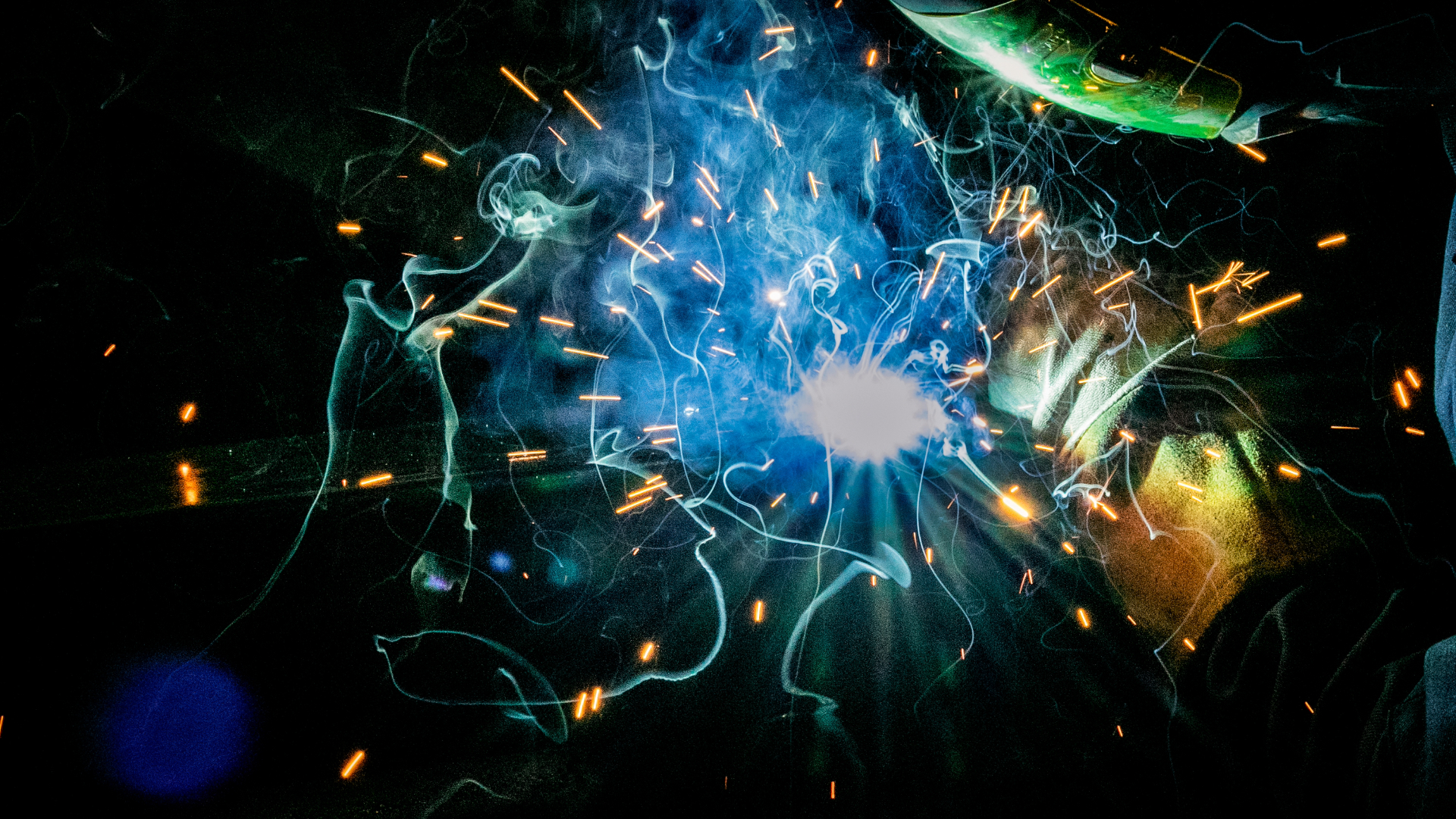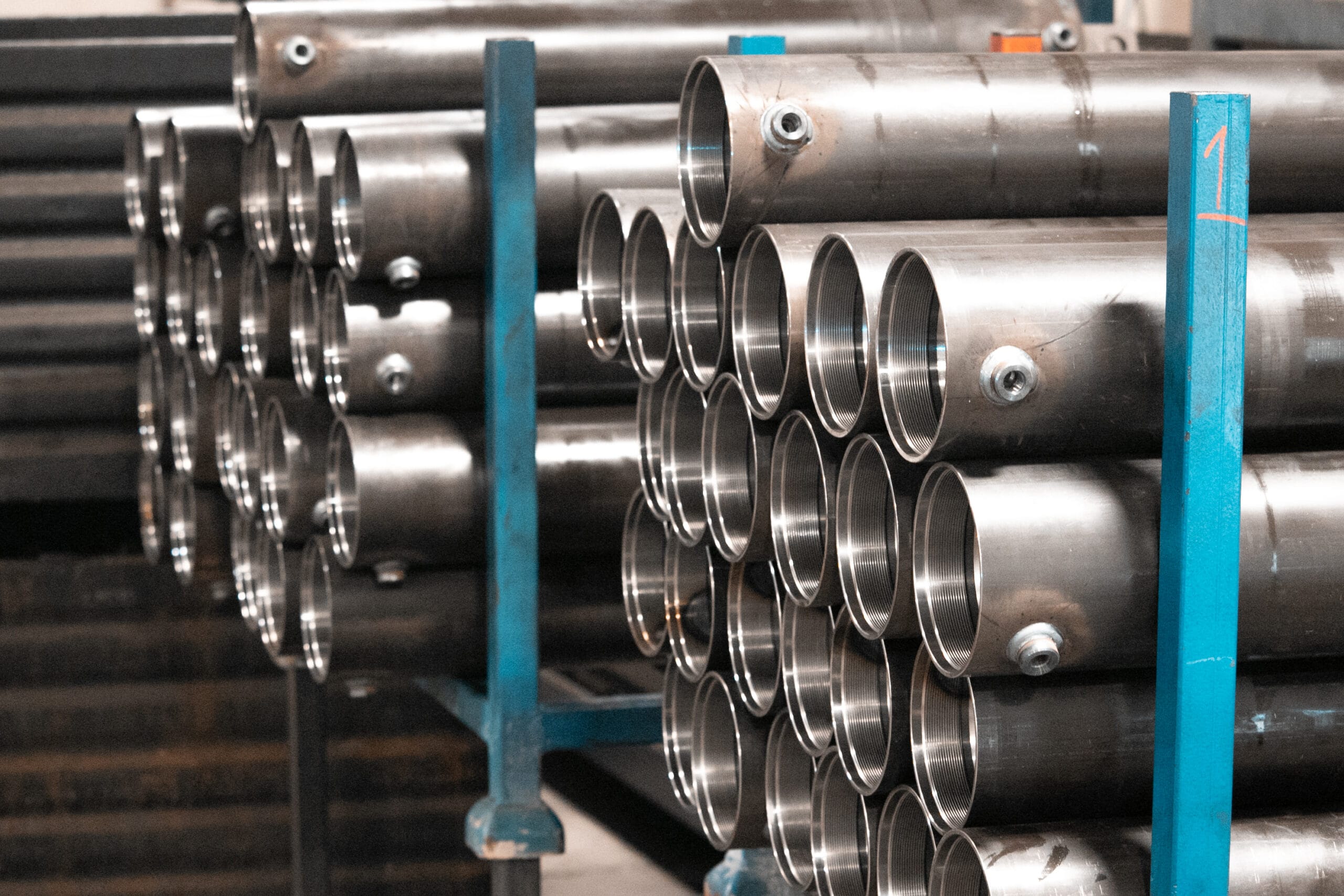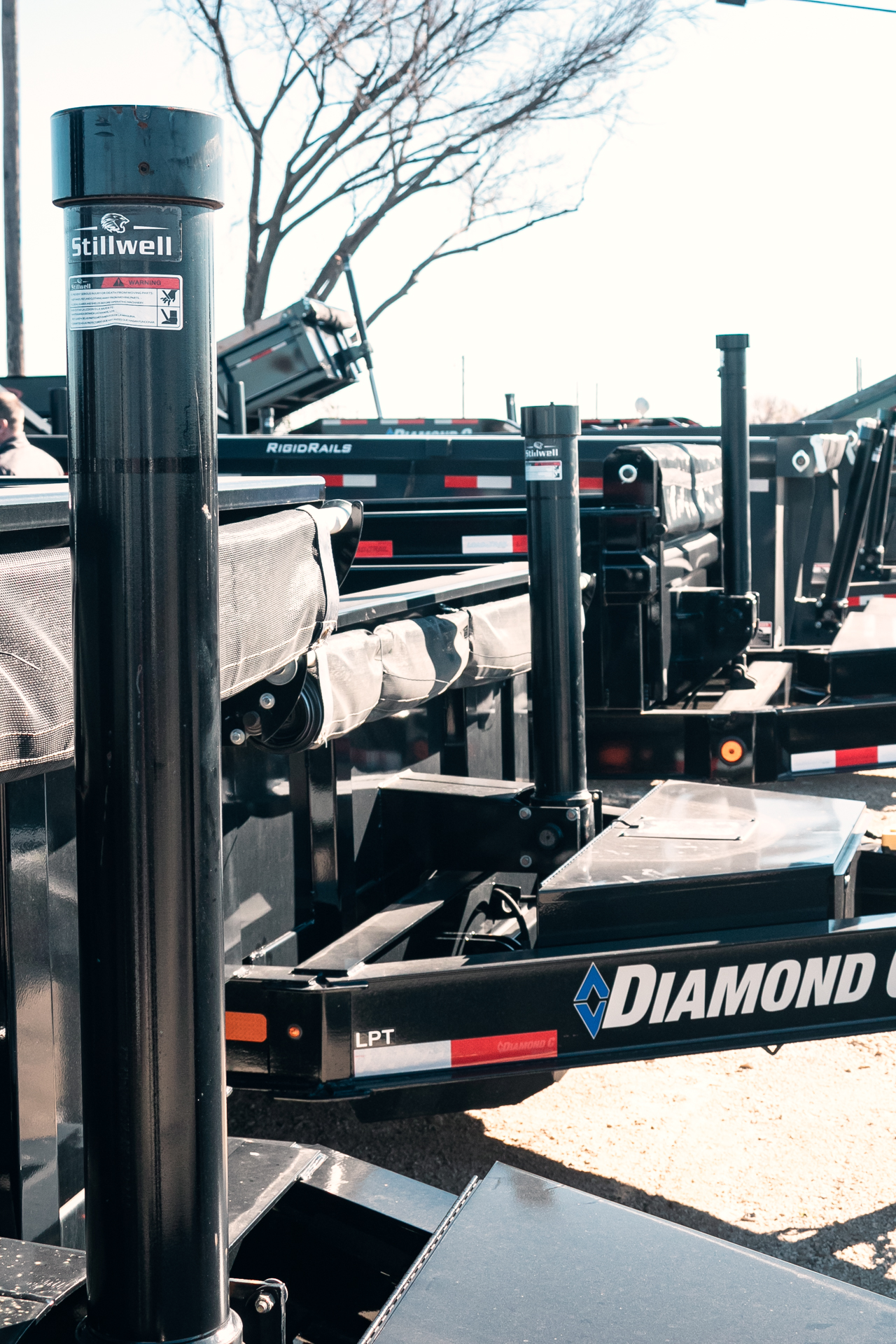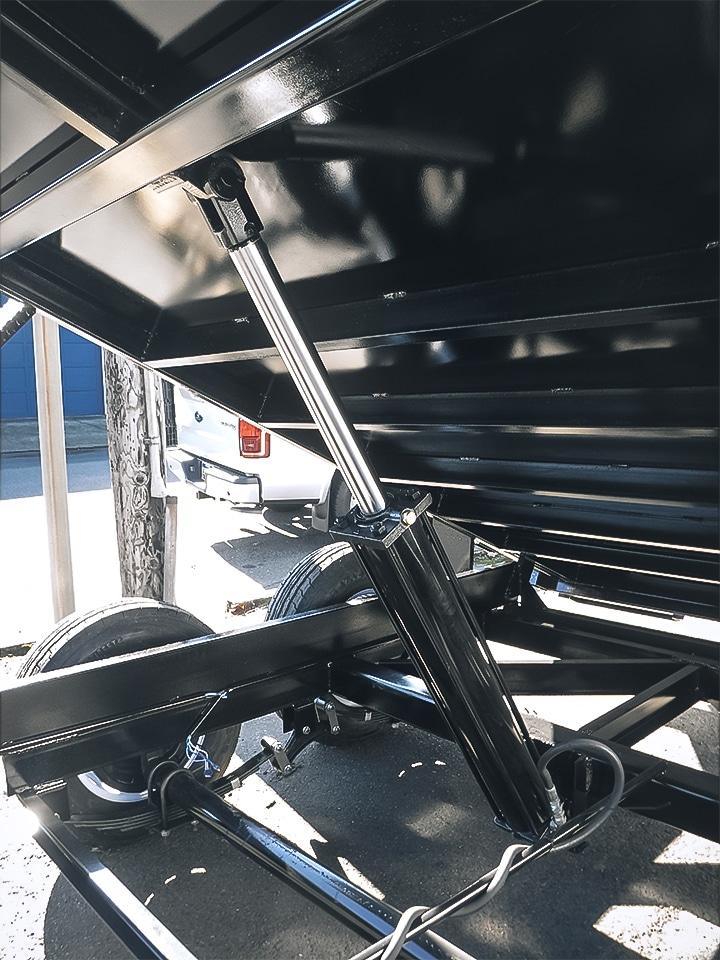
Hydraulic Cylinder Manufacturing
Unparalleled Hydraulic Power
Cylinders Made to Meet Your Demands. Our cylinder line up provides custom tailored solutions to every industry. With multi-site and multinational manufacturing capabilities we are capable of manufacturing a variety of cylinders to meet whatever constraints you might have.
How to Choose The Right Cylinder
Whatever you are trying to push, pull, lift, or level, we have the right cylinder to meet your demands. With a full catalogue of single and double acting cylinders, single stage hydraulic cylinders, or multiple stage telescopic cylinders, Stillwell provides the highest quality hydraulic cylinders.
The style of cylinder needed will depend on the application. First you must determine the working pressure of the system, whether it is single or double acting, and the overall distance you need the cylinder to reach at full extension.
The correct bore size for a cylinder will be dependent on the amount of force you are trying to apply. The force of a hydraulic cylinder can be calculated by multiplying the cylinder’s pounds per square inch (PSI) by the effective area of the cylinder in square inches:
Force = PSI x Area
By measuring the pin to pin length at full extension of your application and subtracting the pin to pin length at full retraction you will find the necessary stroke of your hydraulic cylinder.
Stroke = extended length – retracted length
FAQ’S
A hydraulic cylinder, also known as a linear hydraulic motor, is a mechanical actuator that applies a unidirectional force through a unidirectional stroke. They are used in many applications, including construction equipment, manufacturing machinery, elevators, and civil engineering.
We produce a wide range of sizes and styles that start at 1″ and up to 8″ and include single and multiple stages.
Hydraulic and pneumatic cylinders differ in several ways, including their power source, construction, and force production:
Precision: Hydraulic cylinders are generally more precise than pneumatic cylinders.
Power source: Pneumatic cylinders use compressed air or gas to transmit power, while hydraulic cylinders use pressurized liquids like oil or glycol.
Construction: Hydraulic cylinders are made from thicker metal to withstand high pressure.
Force production: Hydraulic cylinders can produce more force than pneumatic cylinders, even at low speeds, because liquids are almost incompressible.
Operating speed: Pneumatic cylinders have a faster operating speed than hydraulic cylinders. However, the operating speed of a pneumatic cylinder can change depending on the load because of air’s compressibility.
The Stillwell Difference
Quality
Lorem ipsum dolor sit amet, consectetur adipiscing elit, sed do eiusmod tempor incididunt ut labore et dolore.
Customization
Lorem ipsum dolor sit amet, consectetur adipiscing elit, sed do eiusmod tempor incididunt ut labore et dolore.
Service
Lorem ipsum dolor sit amet, consectetur adipiscing elit, sed do eiusmod tempor incididunt ut labore et dolore.
Quality
Lorem ipsum dolor sit amet, consectetur adipiscing elit, sed do eiusmod tempor incididunt ut labore et dolore.


